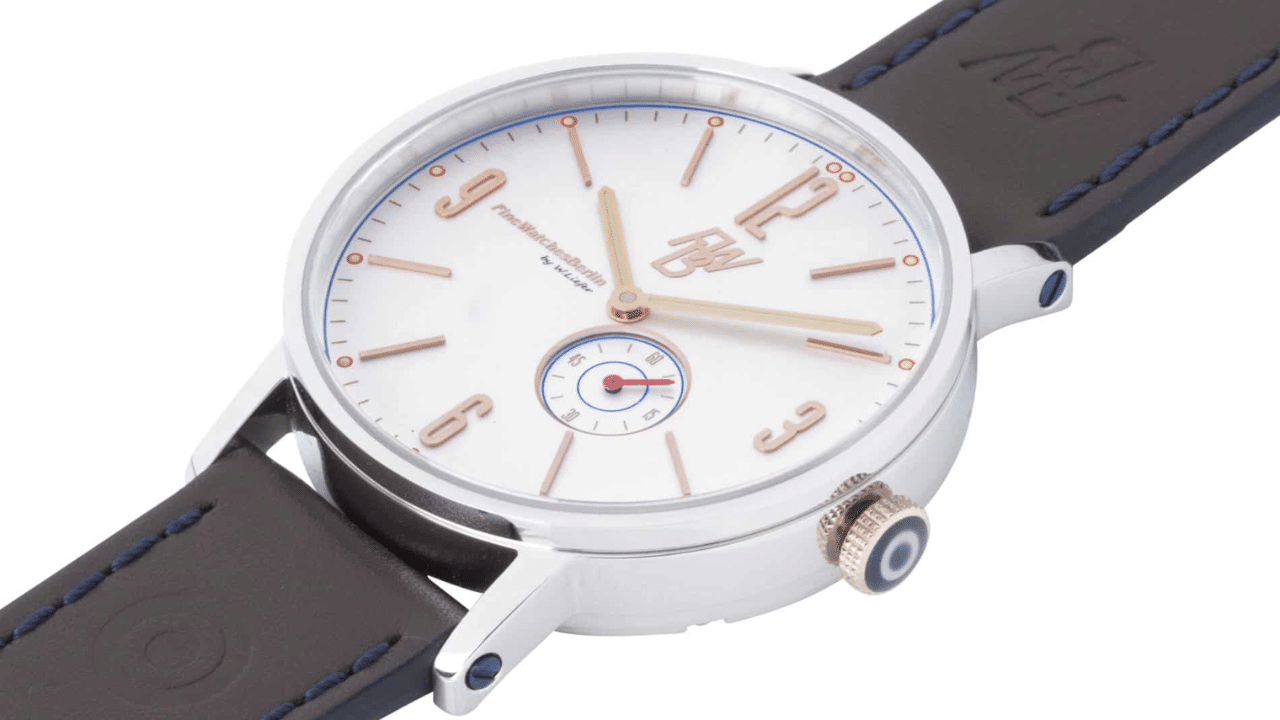Cover photo via: oldest.org
Watches have become an essential part of our daily lives, keeping us on track and on time. However, few people are aware of the history and evolution of this critical timepiece. The oldest known surviving watch, currently housed in the British Museum, is a testament to the ingenuity and craftsmanship of the watchmakers of the 16th century.
What was the oldest watch ever found?
The oldest watch ever found was made by German clockmaker Peter Henlein. It is a small, portable timepiece that was revolutionary in its day.
Prior to the development of watches, timekeeping devices were primarily large, stationary clocks. They were which were also only accessible to the wealthy and privileged. However, Henlein’s invention allowed people to carry time with them wherever they went, and it quickly gained popularity across Europe.
Where is the watch now?
The watch in the British Museum’s collection is a testament to the durability and longevity of these early timepieces. Despite being over 500 years old, it still functions, albeit with a bit of winding and adjusting. The watch’s simple design and functionality make it a remarkable example of the earliest watches produced.
What are the features of the watch?
The watch is encased in a simple, round brass cover with a hinged lid. It measures just 81mm in diameter, making it small enough to fit in the palm of one’s hand. The cover is decorated with delicate engravings of leaves and floral motifs, and the dial inside is similarly adorned with floral patterns.
The watch’s mechanism is powered by a single mainspring, which must be wound regularly to keep the watch running. The movement is regulated by a verge escapement, a type of mechanism commonly used in early clocks and watches. A balance wheel, similar to those found in modern watches, oscillates back and forth to regulate timekeeping.
In summary
Despite its simplicity, the watch is a remarkable example of early horology. It showcases the skills and craftsmanship of early watchmakers, who worked tirelessly to create timepieces that were both functional and aesthetically pleasing. The watch also highlights the technological advancements of the time, as it was made possible by the development of smaller, more precise mechanical components.
In addition to its historical significance, the watch is also a valuable artifact in the British Museum’s collection. It serves as a tangible link to our past, providing a glimpse into the lives of people who lived centuries ago. The watch is a reminder that timekeeping has always been an essential part of human life and that the development of watches and clocks has played a crucial role in our ability to organize and manage our time.

Just like the oldest watch ever found, we make durable and long-lasting timepieces
At FineWatchesBerlin, though we may not have made the oldest watch ever found, we are the proud home of exceptional craftsmanship, quality, and service, we make a brilliant range of coloured watches that your wife is sure to love. Be sure to check out our other blog posts and sign up for our newsletter for special offers.

